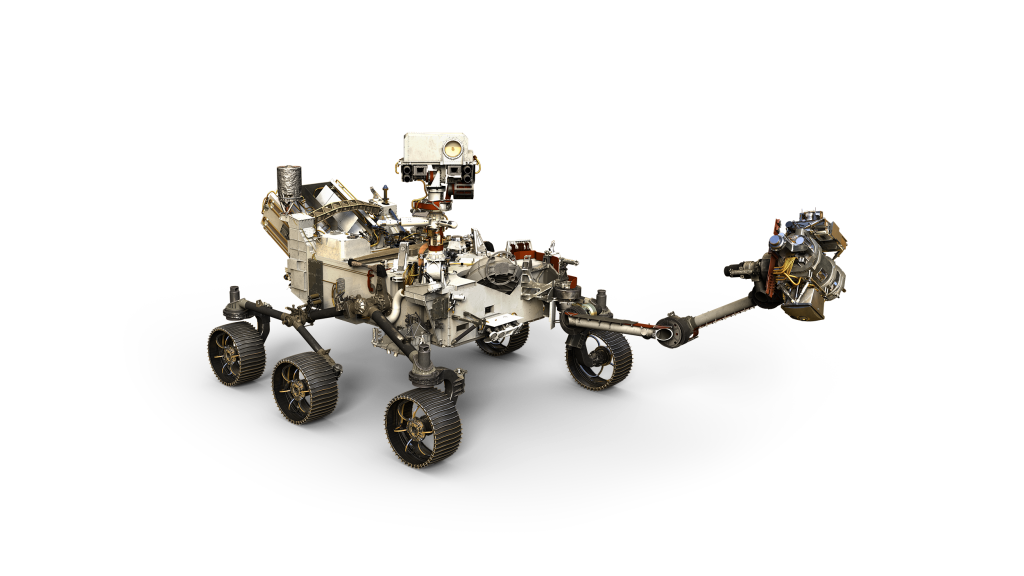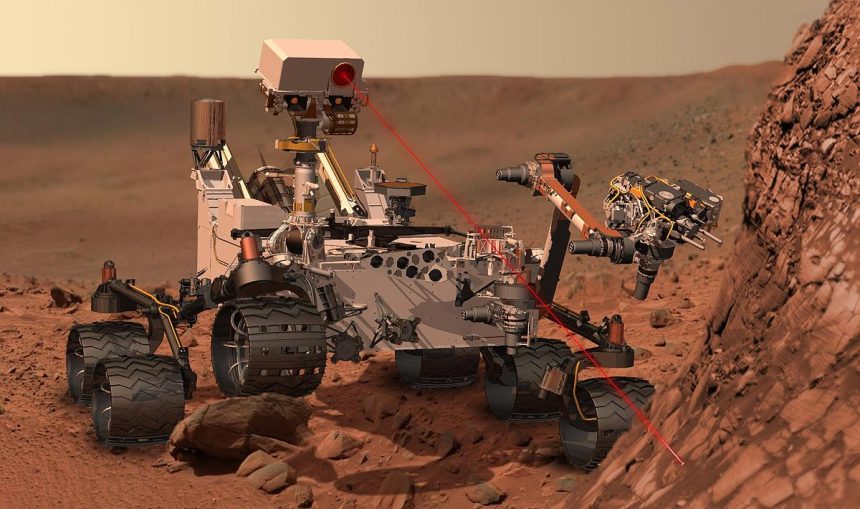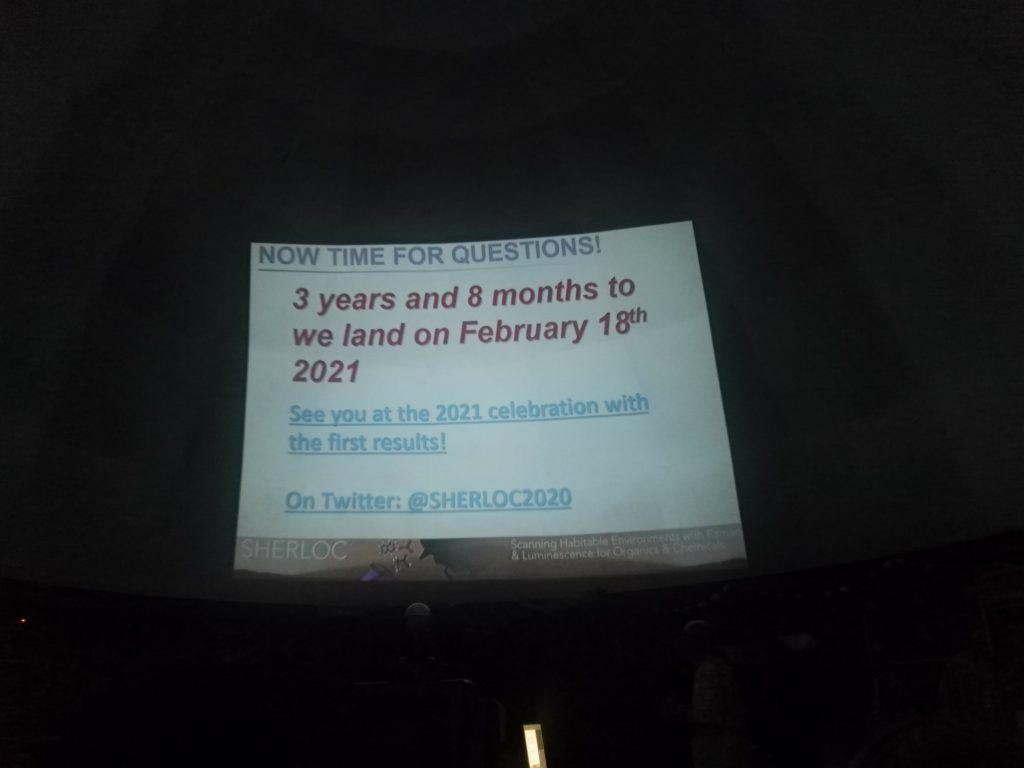On Monday evening, the Ghana Planetarium Center hosed Dr Luther Beegle, the Principal Investigator for the SHERLOC project on the Mars 2020 rover. Dr Beegle had an hour-long presentation where he talked about the history of the mission to find life on Mars.

Dr Beegle also spoke about the new Mars Rover named SHERLOC which NASA hopes to launch in the year 2020 (The launch date is scheduled for February 2021).

The name of the new rover is called S.H.E.R.L.O.C which stands for Scanning Habitable Environments with Raman & Luminescence for Organics and Chemicals. (The folks of NASA are nerds when it comes to acronyms).


If they think that’s a mouthful, they actually named a special laser attached to the rover, WATSON.
What does WATSON stand for? Wide Angle Topographic Sensor for Operating eNgineering.
(Told you there were nerds)
Highlights From The Talk
Here’s some interesting tidbits from the event:
- Dr Beegle calls the landing of the Rover on Mars as “7 minutes of terror”. Meaning, the team from NASA won’t know if the Rover has successfully landed or crashed until 7 minutes have elapsed and communication gets back to NASA.
- The new Mars Rover does not use Solar Power. Instead, it relies on a nuclear powered battery for energy. This means it can power itself almost forever or until the temperature gets to a certain point where the rover’s electronics can’t function anymore
- The team behind SHERLOC had to make about 3 iterations to the laser on the rover. Each iteration took about 6 – 9 months to redesign!
- It takes about 20-30 minutes before a message from the MARS Rover can be sent to the NASA Communication team and it takes about the same time for NASA to send instructions to the Rover from Earth.
- If the mission to Mars can’t be done in 2020, NASA will have to wait till 2022 when the Earth and Mars can be aligned to a point where the Rover can land on the red planet.
- If anything breaks on the Rover when it lands on Mars, the mission is over
- NASA will launch on 18th February 2021.
Photo Gallery From The Event
If you want to help out the Ghana Planetarium Center, check out this post.






















